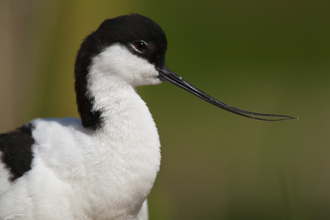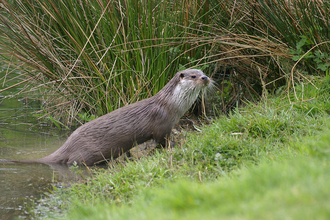The common crane
The dance of the cranes is famous worldwide. Heads thrown back, wings flapping, tail feathers fluffed, and feet stamping; this is how they reinforce their pair bonds. Cranes were once so common in Britain that 204 were served roasted at a banquet for the Archbishop of York in 1465. Hunting along with the draining of marshlands led to their disappearance as a breeding bird about 400 years ago, until a trio of migrating birds were blown off course in 1979, ending up in Norfolk. Careful protection, reintroduction projects, and some landscape-scale habitat restoration projects mean that there are now around 160 cranes in Britain.
The mournful bugling of the common crane can be heard again in Britain after 400 years of silence
Find common cranes
Your best chance of seeing and hearing common cranes is at their winter roost at Norfolk Wildlife Trust’s Hickling Broad reserve - head for the Stubb Mill raptor roost viewpoint. Up to 20 cranes gather here on a good night, sometimes more. Arrive an hour before dusk, and watch out for marsh harrier, hen harrier, barn owl and bittern, as well as the chance to see Chinese water deer grazing in the fields. Another good spot is The Great Fen in Cambridgeshire.
How to do it
Take our word for it: waiting for cranes to come in to their winter roost is a chilly business. Wrap up warm, with thick socks, gloves and a hat. During the day the birds will be feeding quietly out in the fields, so keep your eyes peeled as you drive the country lanes. During late winter, the pairs are more likely to indulge in a little pair bonding, so you have a better chance of catching their courtship dance then.
If you can't get to these places
There are some great film clips of common cranes in the Wildscreen Arkive and on YouTube:
More wildlife experiences
From seeing colourful wildflowers to spotting magnificent birds of prey, we can help you get closer to wildlife across the UK.








